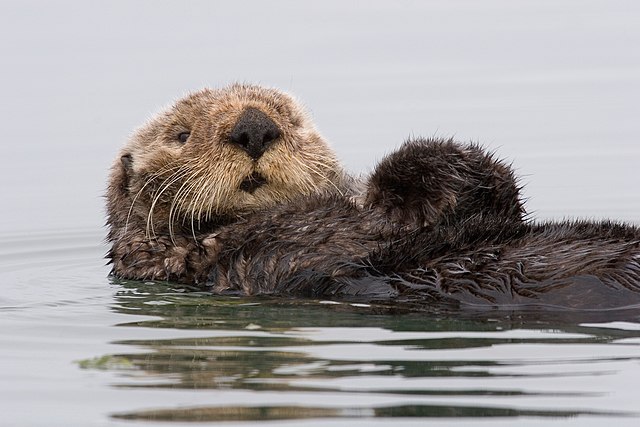A keystone species is a species which has a big effect on its environment relative to its numbers.[1][2] The ecosystem depends on them, and would be much changed if they were not there, such as krill. This is because they affect many other organisms in the ecosystem. They affect the types and numbers of other species in the community.


Some sea stars (e.g. Pisaster ochraceus) prey on sea urchins, mussels, and other shellfish that have no other natural predators. If the sea star is removed from the ecosystem, the mussel population explodes uncontrollably.[3] This drives out most other species. The urchin population grows likewise, and destroys coral reefs. Living coral reefs are the habitat for many hundreds of other species.
Some other examples of keystone species are the sea otter, horseshoe crab, and wolves. Sea otters and kelp depend on each other.[4] Without the sea otter, sea urchins would destroy the kelp, and much else in the ecosystem.
References
Wikiwand in your browser!
Seamless Wikipedia browsing. On steroids.
Every time you click a link to Wikipedia, Wiktionary or Wikiquote in your browser's search results, it will show the modern Wikiwand interface.
Wikiwand extension is a five stars, simple, with minimum permission required to keep your browsing private, safe and transparent.
